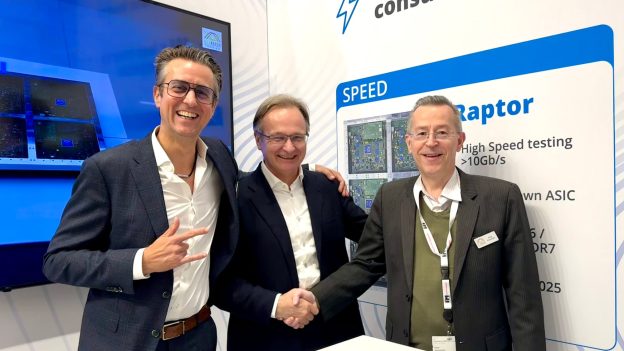
News

Recently, German semiconductor company Neumonda announced a strategic partnership with Ferroelectric Memory Company (FMC) to establish a new production line for non-volatile memory chips (FeRAM) in Dresden, Germany.
At the core of this collaboration is FMC’s innovative “DRAM+” technology. It’s reported that this technology overcomes the storage limitations of traditional FeRAM by adopting hafnium oxide (HfO₂)—compatible with sub-10nm manufacturing processes—as the ferroelectric layer, replacing the conventional lead zirconate titanate (PZT) material. As a result, the memory capacity can be increased from the traditional 4–8MB of FeRAM to the gigabit (Gb) or even gigabyte (GB) level, while retaining non-volatility, i.e., the ability to preserve data without power.
Under the agreement, FMC will develop non-volatile DRAM memory products suitable for applications in artificial intelligence, healthcare, industrial automation, automotive systems, and consumer electronics. Neumonda, which holds multiple patents in DRAM design and testing, will provide memory consulting services and offer FMC access to its Rhinoe, Octopus, and Raptor testing platforms for their DRAM+ products.
This marks Europe’s first attempt to revive the localization of memory production since the bankruptcy and closure of the DRAM plant in Germany, built by Infineon and Qimonda, back in 2009.
FMC CEO Thomas Rueckes stated, “The ferroelectric effect of hafnium oxide transforms the DRAM capacitor into a non-volatile storage cell, enabling low power consumption while maintaining high performanc, which makes it a perfect fit for persistent memory demands in AI computing.”
Neumonda CEO Peter Poechmueller added, “Our ultimate goal is to rebuild Germany’s memory chip industry, and this collaboration represents a key step forward.”
(Photo credit: Neumonda)